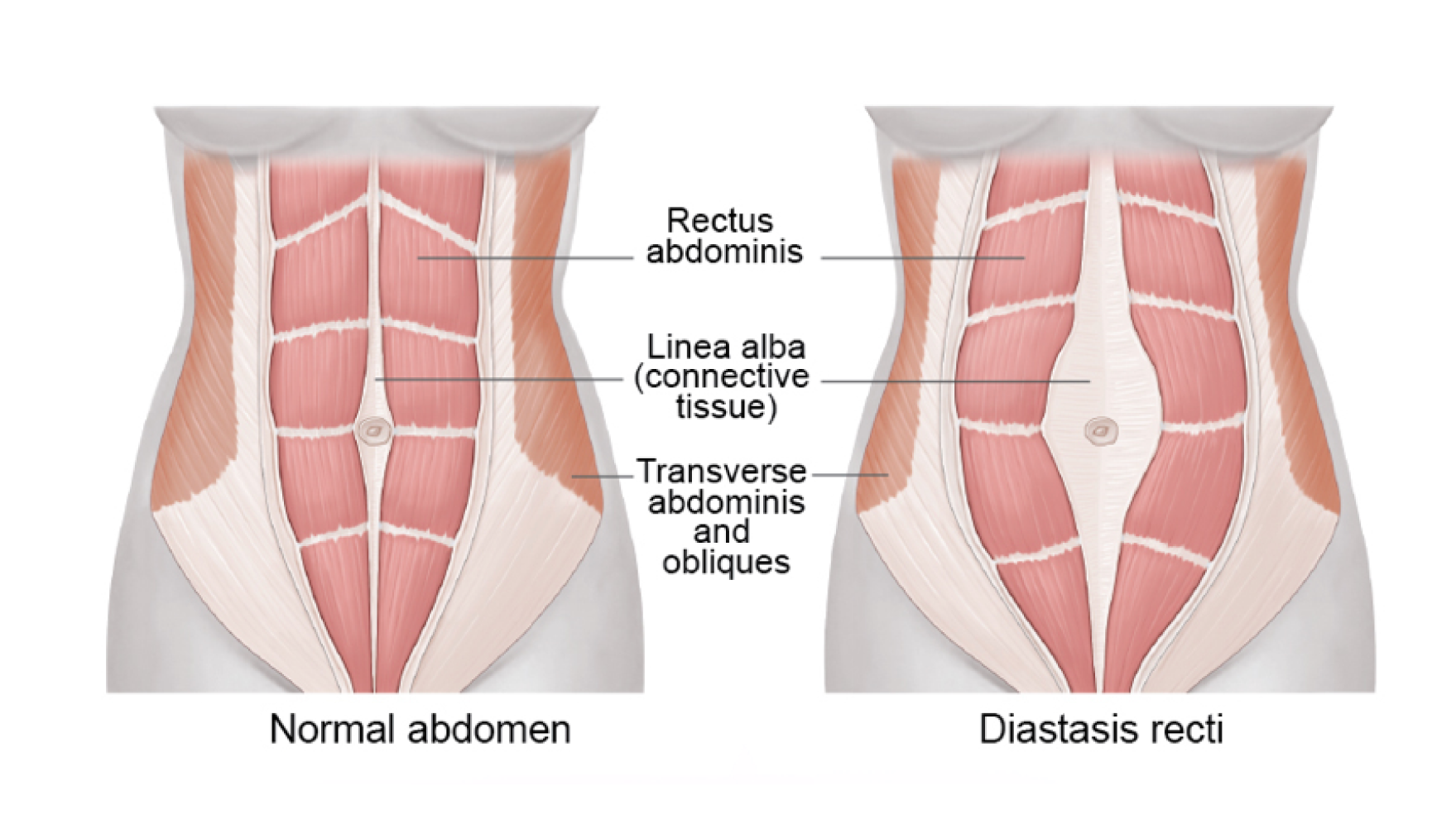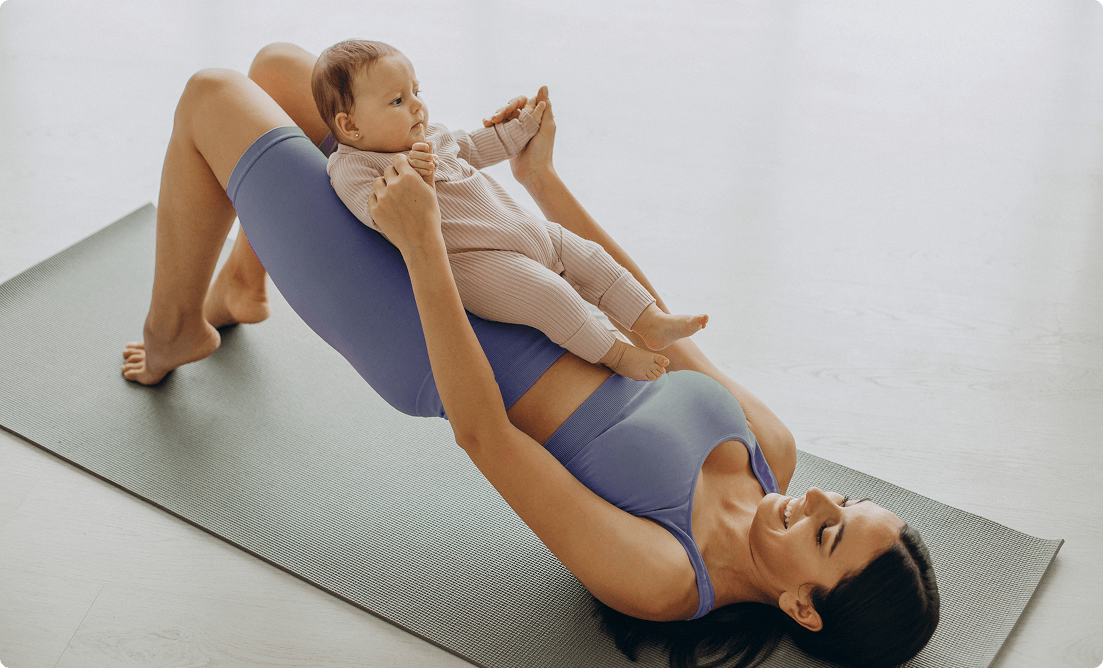They say giving birth is like running a marathon—but no one talks about what comes after the finish line.
After the baby arrives, you’re met with love, exhaustion, and pressure—pressure to heal fast, look the same, and keep going like nothing changed. But everything has changed, and that includes your relationship with your body.
Rebuilding postpartum strength isn’t about bouncing back—it’s about moving forward, intentionally and confidently. It’s about feeling strong in a new way, one that honors everything your body’s been through.
In this blog, we’re sharing what safe, sustainable postpartum fitness can look like—physically and mentally. At Elite Training, we understand that every comeback is personal. Here’s how to start yours, one rep, one breath, one moment at a time.
Understanding Your Postpartum Body
Pregnancy and childbirth profoundly change your body. From a stretched core to hormonal fluctuations, your body is adjusting in ways that deserve compassion and care—not pressure to “snap back.” As you begin your healing journey after birth, it’s important to understand what your body has gone through and what it now needs.
Hormonal changes can lead to joint instability and muscle weakness. The abdominal muscles may have separated (a condition called diastasis recti), and your pelvic floor muscles might feel significantly weakened. Recognizing these changes is the first step toward healing.

When Can You Start Exercising Postpartum?
One of the most common concerns new mothers have is: “When can I start working out again?” The general recommendation is to wait until your 6–8 week postpartum check-up and get clearance from your healthcare provider. However, this timeline can vary depending on whether you had a vaginal delivery or C-section.
Once you’re cleared, begin slowly. Walking, deep breathing, and mobility work are great ways to reintroduce gentle physical activity mindfully.
Setting Realistic Goals for Postpartum Fitness
Let’s be honest—social media paints a very unrealistic picture of postpartum fitness. One of the best things you can do is set realistic expectations and goals for yourself. Instead of fixating on weight loss, think about functional goals: improved energy levels, pain-free movement, increased stamina, and mental clarity.
Here are examples of realistic goals to begin with:
- Walk 10 minutes daily without discomfort
- Hold a deep core contraction for 5 seconds
- Complete a full day without pelvic heaviness or leakage
- Follow a 15-minute postpartum workout twice a week
These small wins can dramatically boost confidence and give you sustainable momentum.

Foundational Movements: Core and Pelvic Floor Exercises
Rebuilding Your Core Strength
The foundation of your postpartum exercise routine should be about rebuilding core strength safely. This doesn’t mean sit-ups or planks right away. Instead, start with core exercises that focus on reconnecting your deep abdominal muscles and breath:
- Diaphragmatic breathing
- Transverse abdominis engagement
- Heel slides
- Modified bridges
If you’ve experienced diastasis recti, working with a physical therapist or postpartum specialist can be especially helpful.
Pelvic Floor Exercises for Stability and Control
Your pelvic floor acts like a sling supporting your organs. It may be weakened after pregnancy, so targeted recovery exercises (like Kegels and Deep Breathing) should be part of your daily exercise postpartum routine. Over time, this helps reduce leaking, improve core engagement, and even boost confidence during movement.
Progressing into Strength Training
Once you’ve rebuilt your base, you can begin gradual strength training with a focus on form and function. Here’s a sample beginner-friendly postpartum workout plan:
Postpartum Workout Sample (Weeks 8–12)
- Bodyweight squats – 2 sets of 10
- Wall push-ups – 2 sets of 8–10
- Glute bridges – 2 sets of 10
- Bird-dog – 2 sets of 10 per side
- Kegels or pelvic tilts – 3–5 mins daily
This exercise program should be performed 2–3 times per week alongside walking or stretching. Don’t hesitate to modify as needed.
Dealing with Emotional and Physical Changes
It’s natural to feel a mix of emotions during postpartum—some mothers feel disconnected from their bodies or even experience thoughts like “My body is ruined after having a baby” or struggle with feeling unattractive after having a baby. These thoughts are more common than you think.
Your identity has shifted, your body has changed, and confidence can take a hit. But strength training and structured movement can help rebuild not just your body, but also your self-esteem.

Creating Your Personalized Postpartum Workout Plan
Not all postpartum workout plans are created equal. A cookie-cutter routine won’t consider your delivery type, mobility, pain points, or energy levels. A good workout plan for new moms should include:
- Functional movements (pushing, pulling, lifting safely)
- Recovery days
- Stretching and core engagement
- Gradual progressions
- Professional input (a physical therapist or certified coach)
Frequently Asked Questions About Postpartum Fitness
Q: How often should I exercise postpartum?
Start with 2–3 sessions per week of light movement and gradually build. The goal is sustainability, not intensity.
Q: Are group classes safe for postpartum recovery?
Yes, if they are postpartum-specific or low-impact. Let your instructor know your needs.
Q: Can postpartum exercises help with mental health?
Absolutely. Structured movement helps reduce anxiety, improve mood, and increase confidence.
Q: When can I start core exercises after giving birth?
You can usually begin gentle core exercises like diaphragmatic breathing and pelvic tilts a few days after delivery, but always check with your healthcare provider first—especially if you’ve experienced diastasis recti.
Q: What are the best exercises to rebuild pelvic floor strength?
Pelvic floor exercises like Kegels, glute bridges, and deep core activations are effective. Working with a trainer or physical therapist can ensure proper technique and progress.
Q: How do I know if I’m pushing myself too hard during postpartum workouts?
If you’re experiencing pain, excessive fatigue, or new bleeding, it’s a sign to scale back. The 5-5-5 Rule (5 days in bed, 5 days on the bed, 5 days near the bed) is a helpful reminder to take it slow and gradually build up activity.
Ready to Rebuild Your Strength, Confidence, and Energy?
Motherhood is powerful—and so are you. At Elite Training at Vision Sports Club, we specialize in postpartum fitness programs that help new moms rebuild strength safely and confidently. Whether you’re easing back into movement or ready to take your fitness to the next level, our expert trainers will meet you where you are.
Here’s what you’ll get with our postpartum workout support:
- Personalized postpartum workout plans tailored to your recovery timeline, energy levels, and goals—whether that’s restoring core strength, supporting weight loss, or simply feeling like yourself again.
- One-on-one or small group sessions led by certified trainers who understand the nuances of postpartum recovery.
- A nurturing, judgment-free environment where you can reconnect with your body, regain confidence, and feel supported every step of the way.
You don’t have to navigate this chapter alone. Let us help you feel strong, energized, and empowered in your body again.
Contact us today to schedule your postpartum consultation at Elite Training, and let’s start rebuilding—together.


